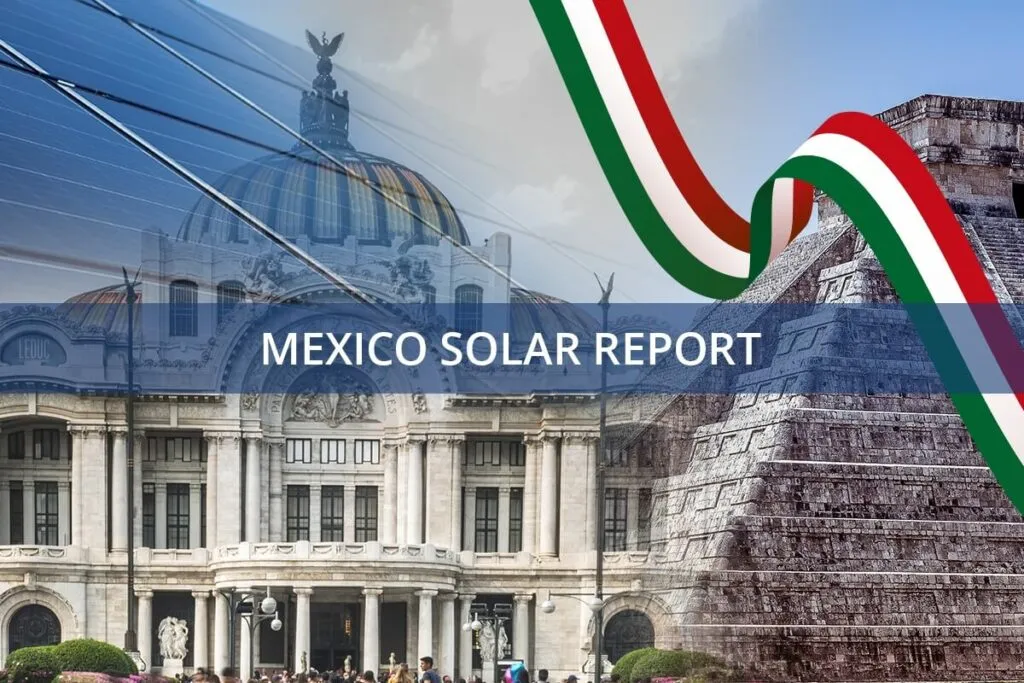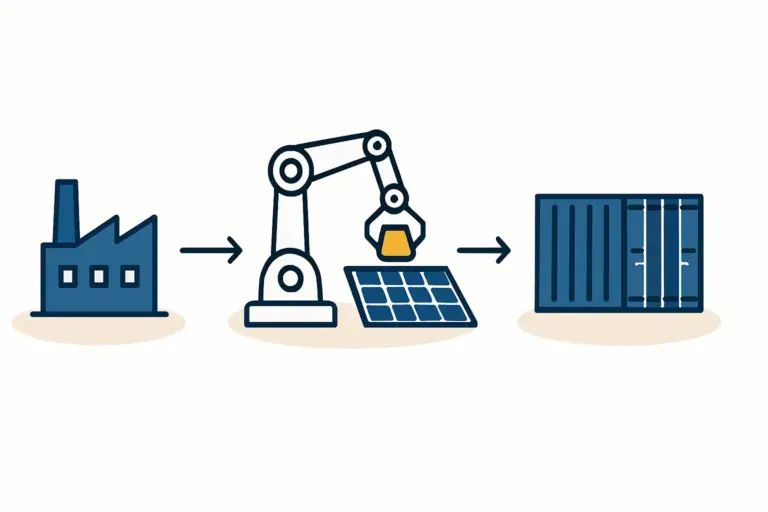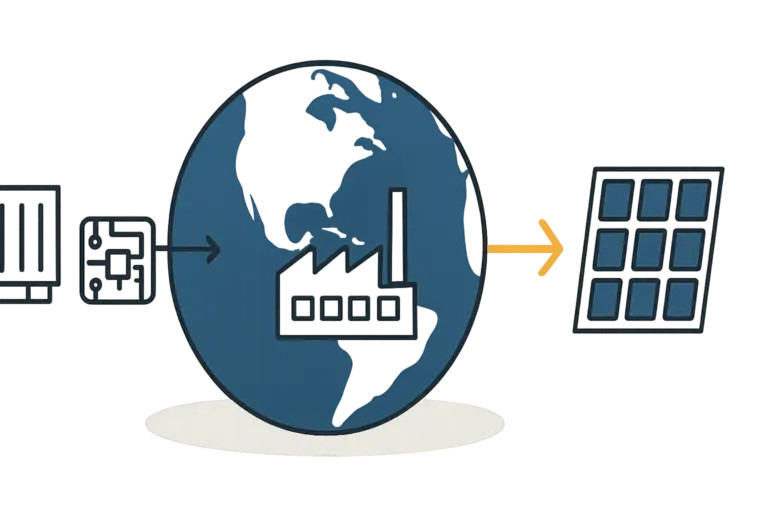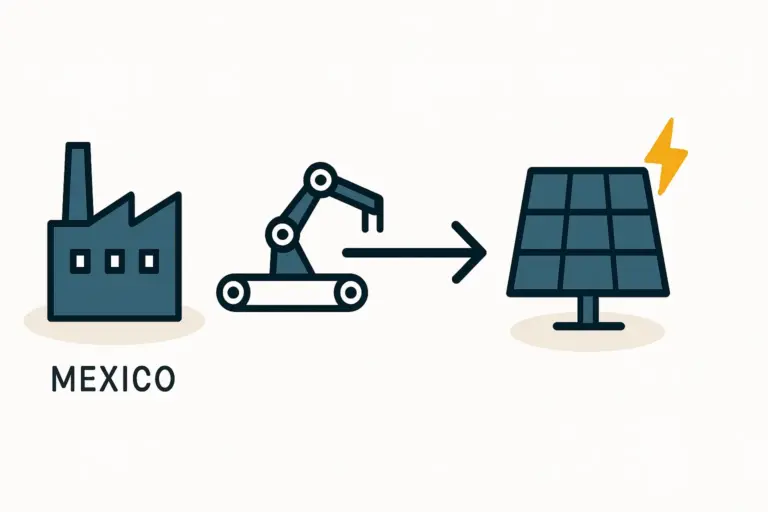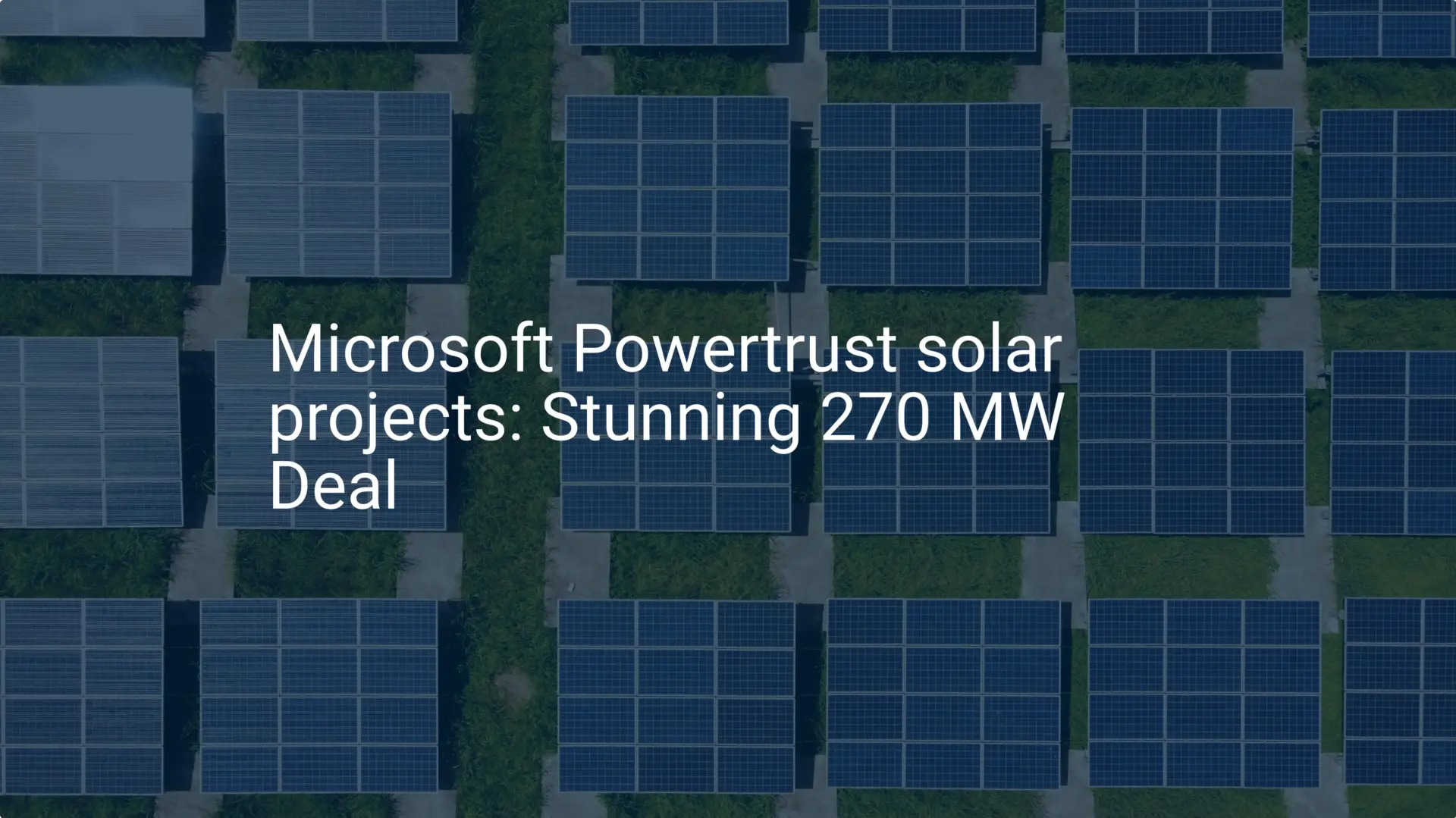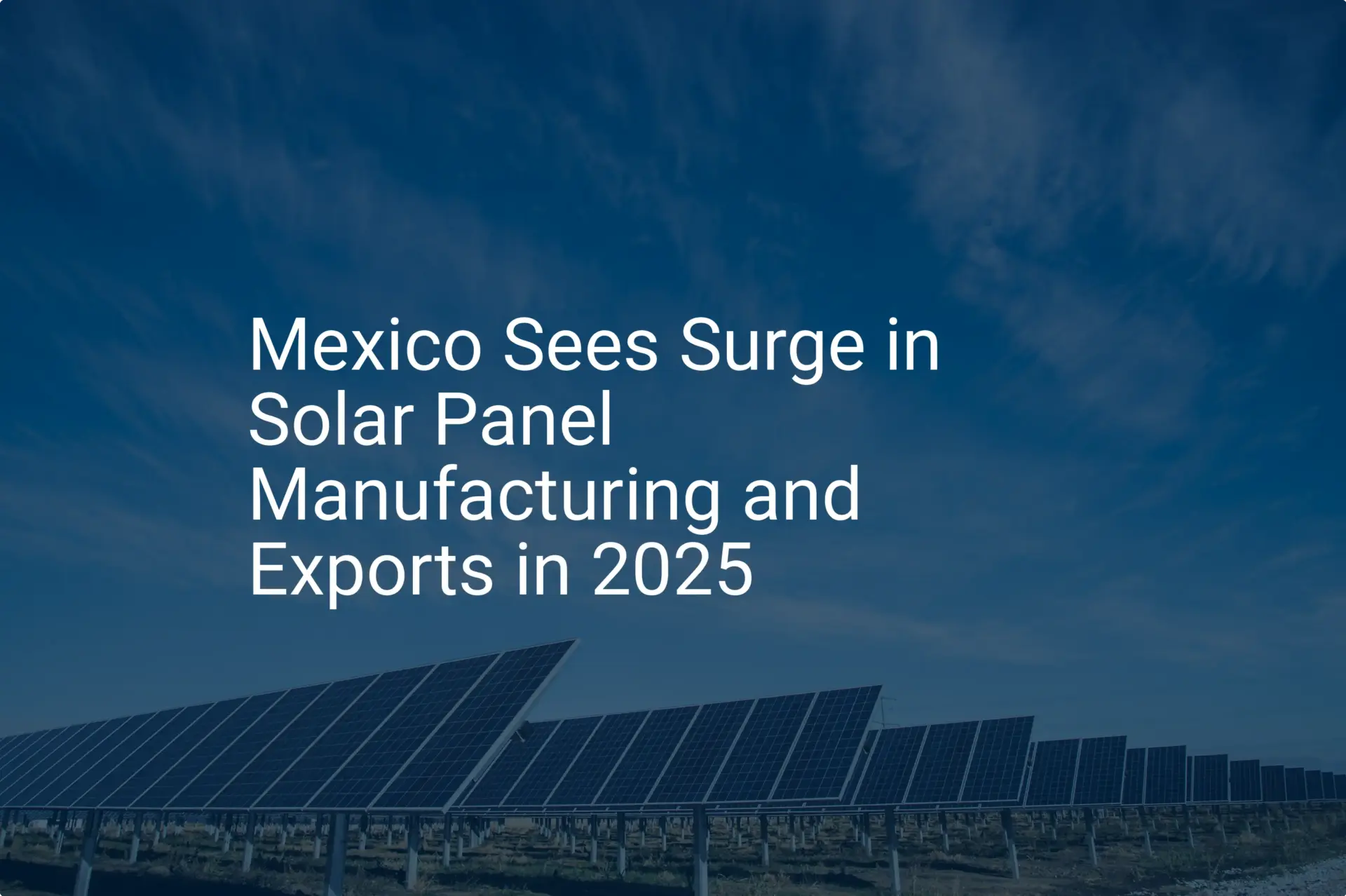Entrepreneurs planning to establish a solar panel factory in Mexico often focus first on machinery and the building. Yet, a far more strategic question quickly comes into focus: where will the raw materials come from?
The decision to source components locally from Mexican suppliers versus relying on established international supply chains carries profound implications for cost, quality, and long-term operational success.
This analysis offers a balanced overview for business professionals weighing this critical decision. It explores the unique advantages of Mexico’s industrial base against the realities of the global solar market and provides a framework for developing a resilient, cost-effective sourcing strategy.
The Strategic Importance of Sourcing in Solar Manufacturing
Procuring raw materials is more than a line item on a budget—it is the foundation of the entire production process. A well-designed sourcing strategy directly influences factory efficiency, product quality, and market competitiveness.
The primary components include solar glass, aluminum frames, solar cells, EVA encapsulant, backsheets, and junction boxes. Knowing how and where to procure these materials is fundamental to managing the solar panel supply chain effectively. For a factory in Mexico, this decision is shaped by a unique combination of geographic advantages, trade agreements, and the nation’s industrial capabilities.
Mexico’s Industrial Landscape: Opportunities for Local Sourcing
Mexico’s reputation as a manufacturing powerhouse, particularly in the automotive and aerospace sectors, creates fertile ground for sourcing certain solar panel components. This established ecosystem offers new solar enterprises a significant advantage in optimizing their supply chains.
Key Components with Local Potential
-
Aluminum Frames: Mexico has a robust and highly developed aluminum extrusion industry, largely driven by automotive manufacturing. Local suppliers are often capable of producing the high-quality, custom-profile frames required for solar modules. Tapping into this local capacity can drastically reduce shipping costs for these bulky items and shorten lead times.
-
Solar Glass: Major global glass manufacturers, such as Vitro, have a significant presence in the country, creating an established capability for producing the specialized, low-iron, tempered glass needed for solar panels. Sourcing glass locally mitigates the risk of breakage during long-distance transport and reduces logistical complexity.
-
Junction Boxes and Cables: The extensive electronics and automotive manufacturing sectors have fostered a base of suppliers for components like plastic injection-molded parts, cables, and connectors. While solar-specific junction boxes may require some supplier development, the underlying technical capability often exists within the country.
By sourcing these larger, more standardized components locally, a factory can leverage Mexico’s industrial strengths, reduce transportation costs, and improve supply chain agility.
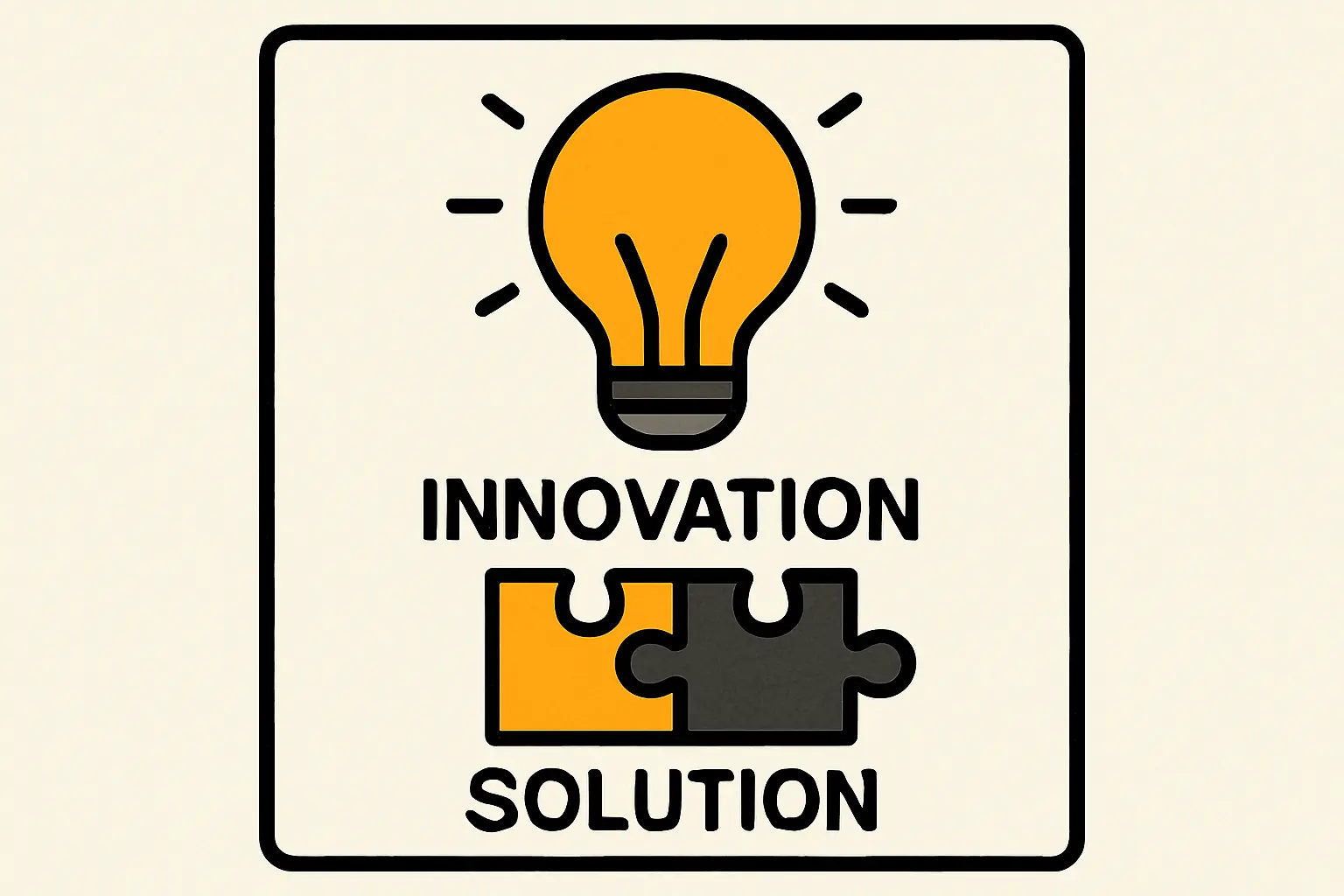
The Case for International Sourcing: Filling the Gaps
Despite its manufacturing prowess, Mexico’s industrial base does not yet cover the full spectrum of high-technology solar components. Certain critical materials are produced almost exclusively by a handful of international suppliers, primarily in Asia.
Critical Imports
-
Solar Cells: This is the most significant gap in the local supply chain. The production of high-efficiency silicon wafers and solar cells is a highly capital-intensive process concentrated in a few key regions of the world. As a result, any solar module assembly plant in Mexico must import 100% of its solar cells.
-
EVA Encapsulant and Backsheets: These specialized polymer films are essential for protecting the solar cells and ensuring a module’s 25-year lifespan. Like solar cells, their production is dominated by specialized international manufacturers. Establishing local production for these materials would require significant investment and technical expertise not yet present in the region.
This reality necessitates a hybrid approach, where international procurement for high-tech components is an integral part of the business model.

A Comparative Analysis: Local vs. International Suppliers
A successful sourcing strategy requires a careful evaluation of the trade-offs between local and international options for each component.
Cost and Tariffs
Sourcing decisions heavily influence the overall cost of setting up a solar panel factory. Local procurement can eliminate international shipping fees and import tariffs on components like frames and glass. Additionally, using regional materials can help the final product qualify for preferential treatment under the United States-Mexico-Canada Agreement (USMCA/T-MEC), making exports to the vast US market more competitive.
Conversely, core components like solar cells are often less expensive per unit when sourced from high-volume Asian producers. These savings, however, must be weighed against shipping costs, import duties, and the risk of geopolitical tariff fluctuations.
Logistics and Lead Times
Local sourcing offers significantly shorter lead times, reducing the need for extensive on-site warehousing and freeing up working capital. This proximity allows for a more agile, just-in-time inventory model. While Mexico’s internal logistics can present challenges, they are often more manageable than the complexities of international ocean freight.
International supply chains involve lead times of four to eight weeks or more, introducing risks of port congestion, customs delays, and transit damage. This requires meticulous planning and larger inventory holdings to prevent production stoppages.
Quality and Reliability
Engaging local suppliers makes it easier to conduct on-site audits and build strong working relationships, a cornerstone of effective quality control in solar manufacturing. However, it may be necessary to invest time in supplier development to ensure they meet the specific technical and quality standards of the solar industry.
Established international suppliers of cells and polymer films typically have years of experience and a full suite of certifications (e.g., IEC, UL). While their quality is generally reliable, resolving any issues that arise can be complicated by distance, time zones, and language barriers.

The Hybrid Sourcing Model: A Recommended Strategy for Mexico
Based on extensive experience from J.v.G. Technology GmbH turnkey projects, the most resilient and economically sound approach for a solar factory in Mexico is a hybrid sourcing model.
This strategy involves categorizing components and sourcing them from the most logical location:
-
Source Locally: Bulky, heavy, or standardized components where Mexico has a proven industrial capacity. This includes aluminum frames, solar glass, and potentially junction boxes and packaging materials.
-
Source Internationally: High-technology, capital-intensive components that are not produced in the region. This primarily includes solar cells, EVA encapsulant, and backsheets.
This balanced approach leverages Mexico’s strategic location and industrial strengths while ensuring access to the world’s most advanced and cost-effective core solar technologies. It mitigates risk by diversifying the supply base and optimizes both cost and logistics.
Frequently Asked Questions (FAQ)
Can a solar factory source 100% of its raw materials in Mexico?
At present, this is not feasible. The most critical component, the solar cell, is not manufactured at scale in Mexico and must be imported. A 100% local supply chain is not a realistic goal for the foreseeable future.
How does the USMCA (T-MEC) agreement affect sourcing decisions?
The USMCA encourages the use of North American content for goods to qualify for tariff-free trade within the region. By sourcing components like aluminum and glass locally in Mexico, a manufacturer can increase the regional value content of its solar panels, making them more attractive for export to the United States and Canada.
What is the biggest sourcing challenge for a new factory in Mexico?
The primary challenge is twofold: securing a stable and competitive supply of high-quality solar cells from the international market while simultaneously vetting and developing local suppliers for other components to meet the rigorous standards of the solar industry.
How does local sourcing impact the solar panel manufacturing process?
Adopting local sourcing for key components can significantly streamline the solar panel manufacturing process. Shorter lead times and more reliable deliveries reduce the risk of line stoppages caused by material shortages, leading to smoother, more predictable factory output.
Conclusion and Next Steps
For entrepreneurs establishing a solar module factory in Mexico, the sourcing decision is not a simple choice between local and global suppliers. The optimal strategy is a nuanced, hybrid approach that capitalizes on Mexico’s manufacturing advantages for certain components while relying on the established global market for others.
By carefully analyzing each component, a business can build a resilient supply chain that balances cost, quality, and risk. This strategic foundation is essential for long-term success in the competitive North American solar market.
Understanding the supply chain is a critical first step. The next is to explore the complete assembly process and the investment required for a turnkey production line.


